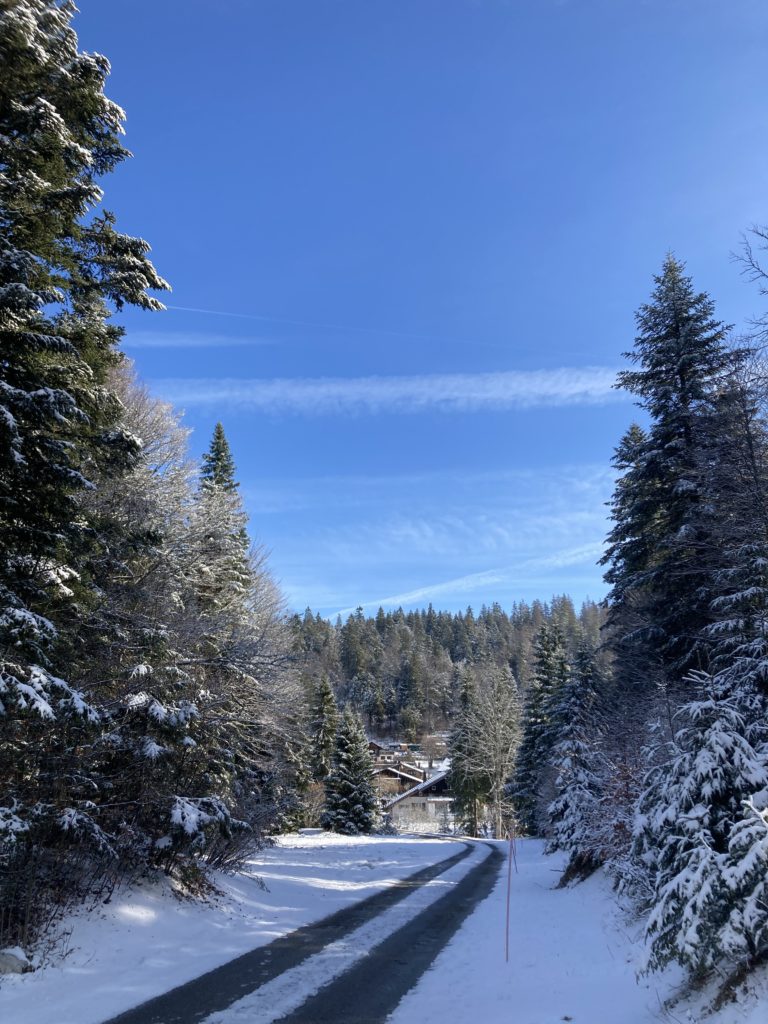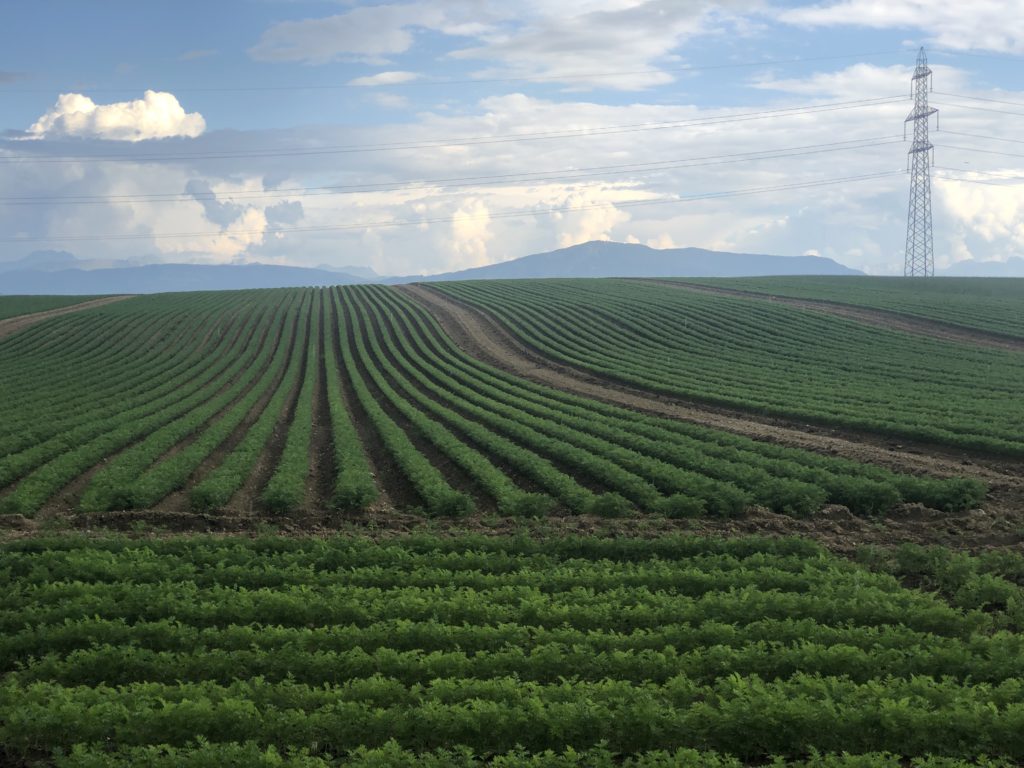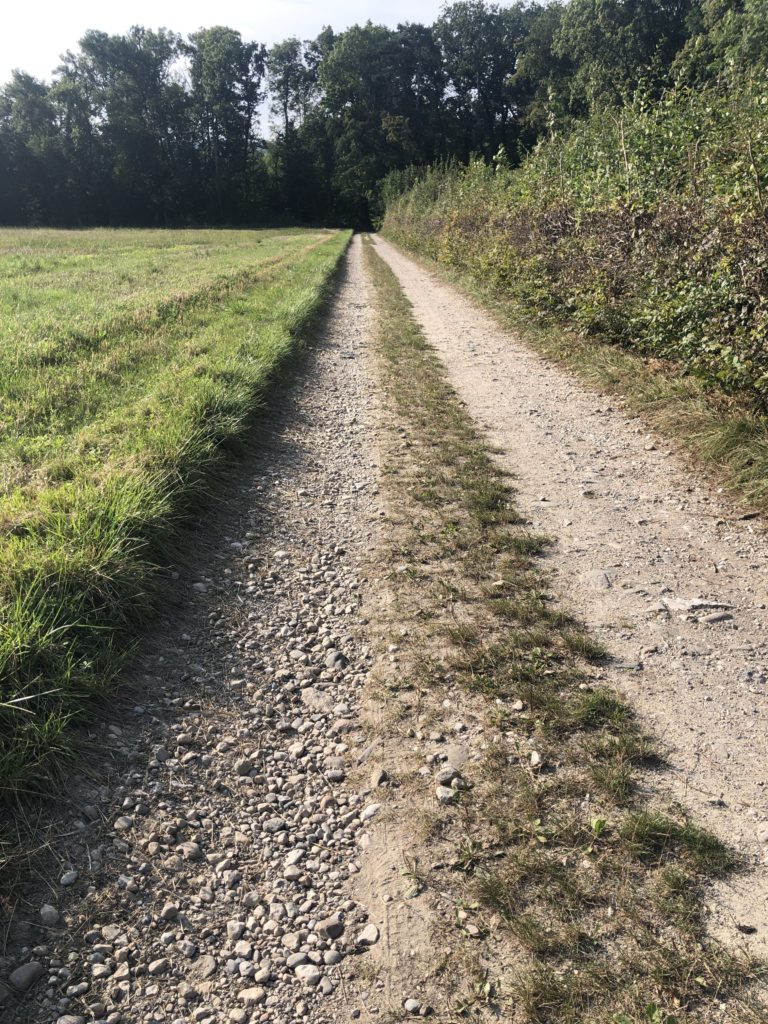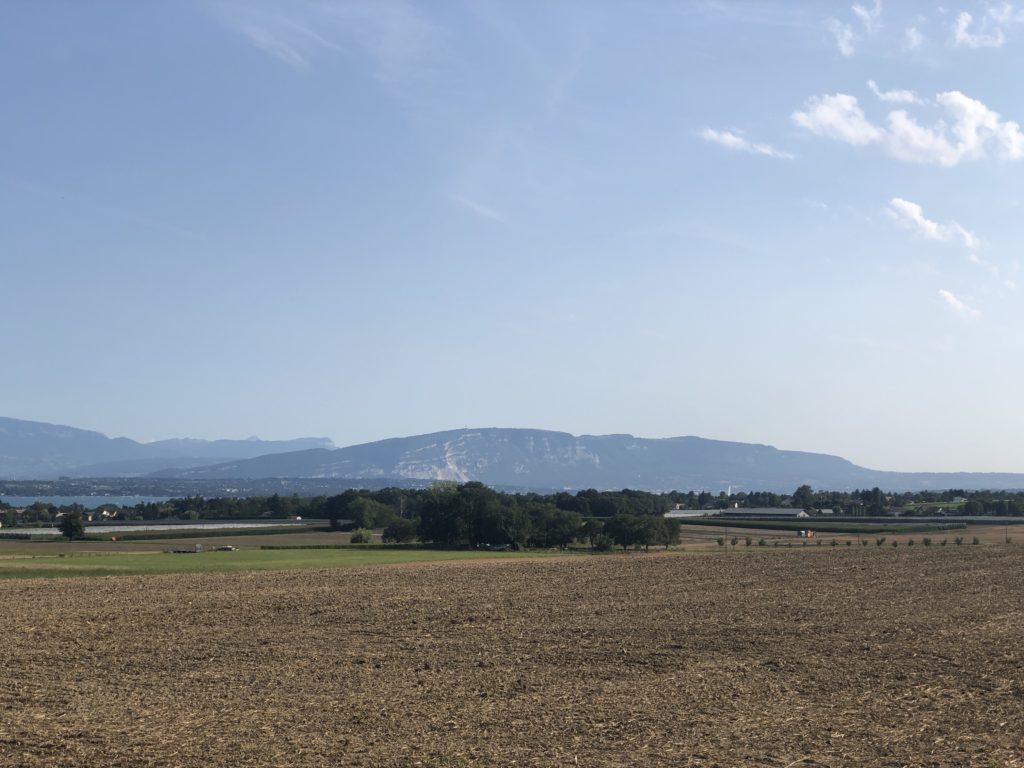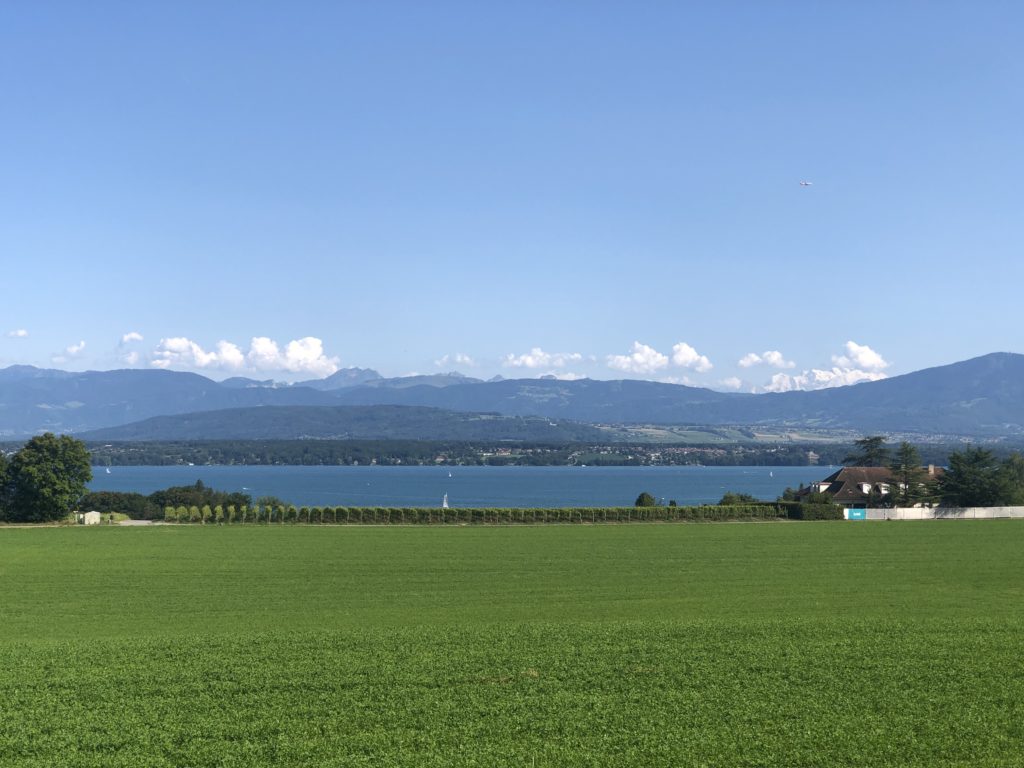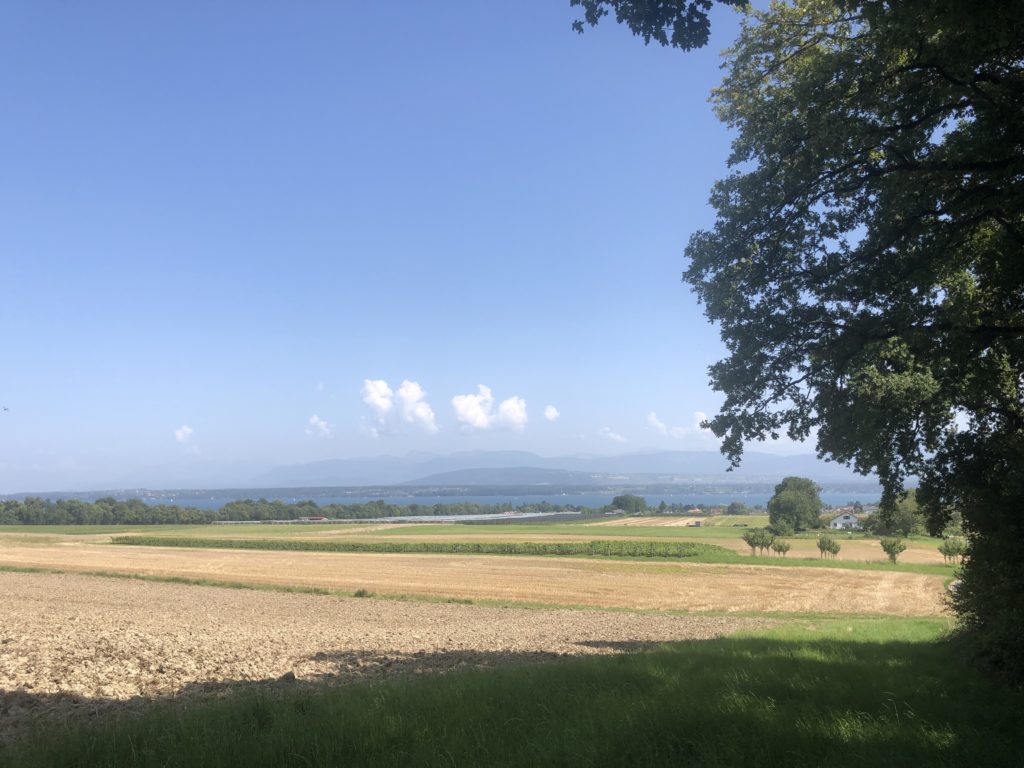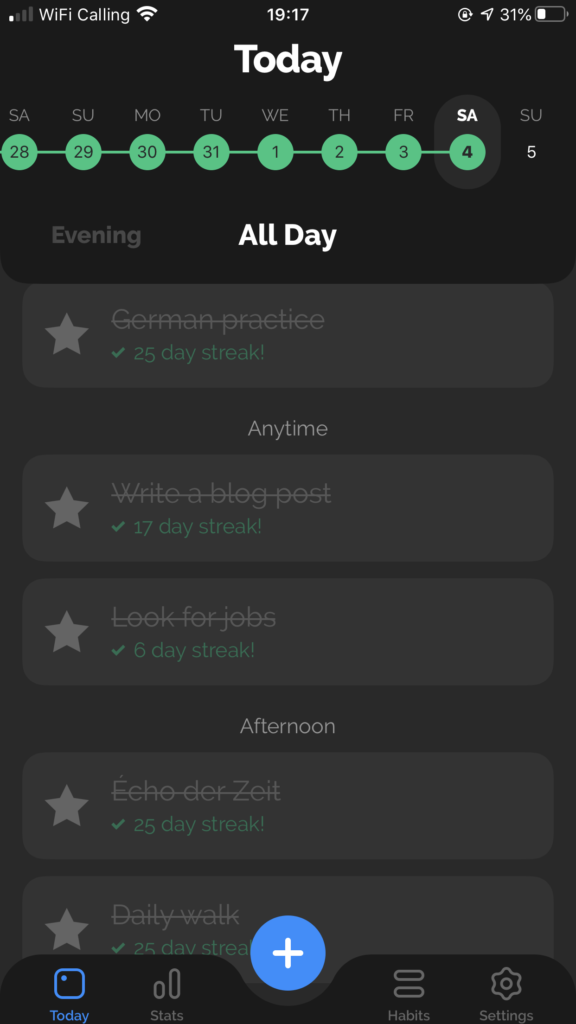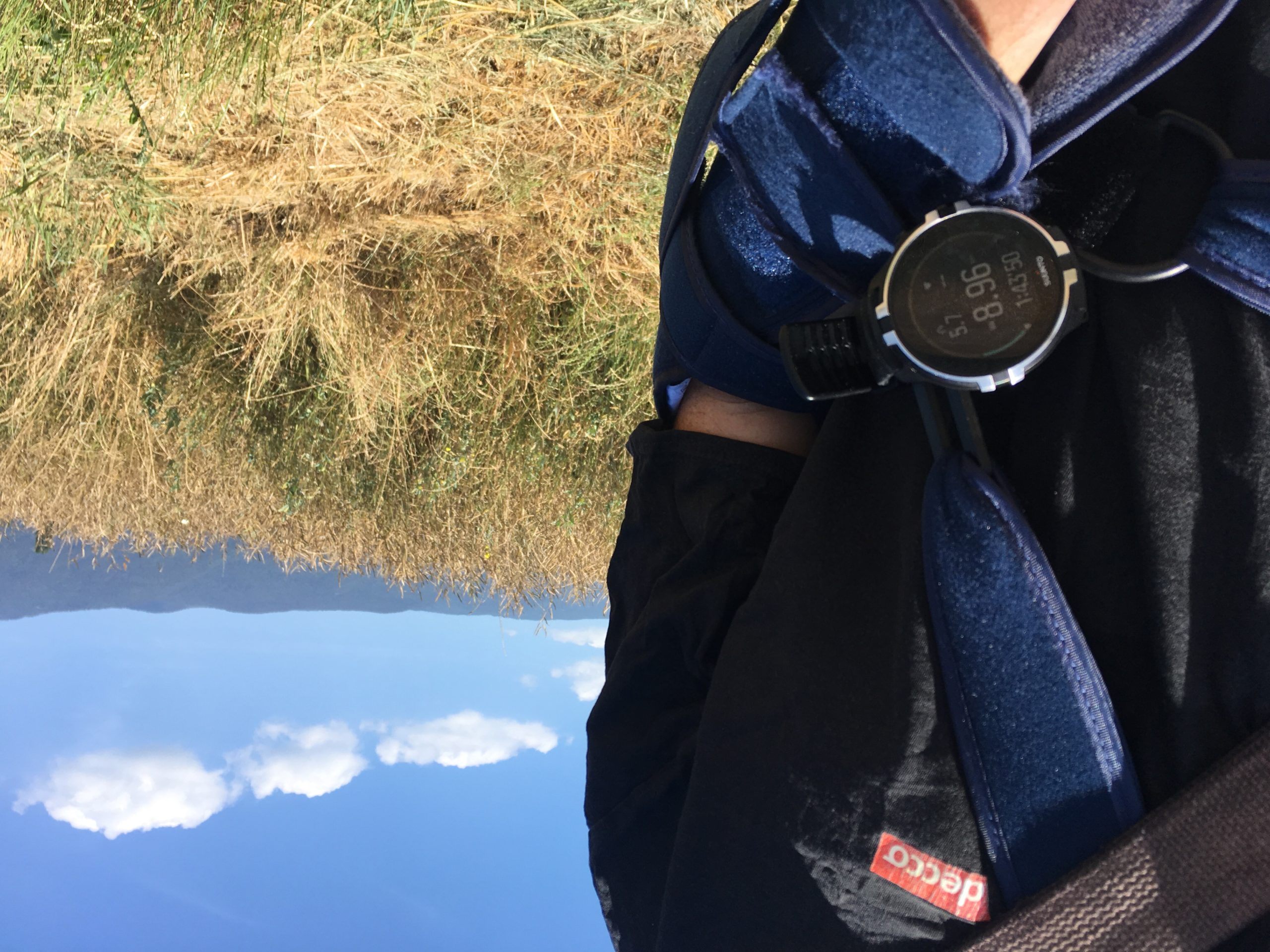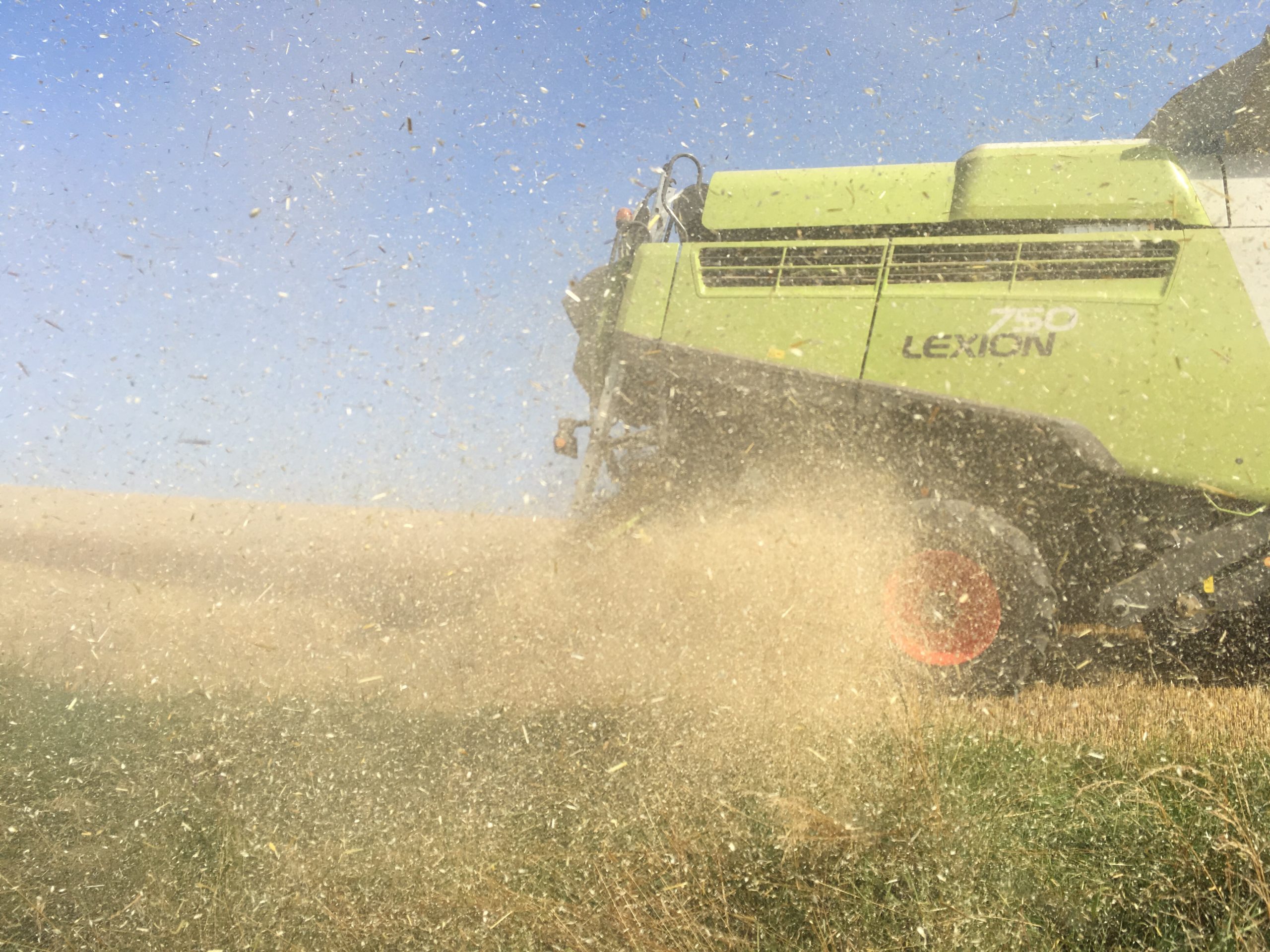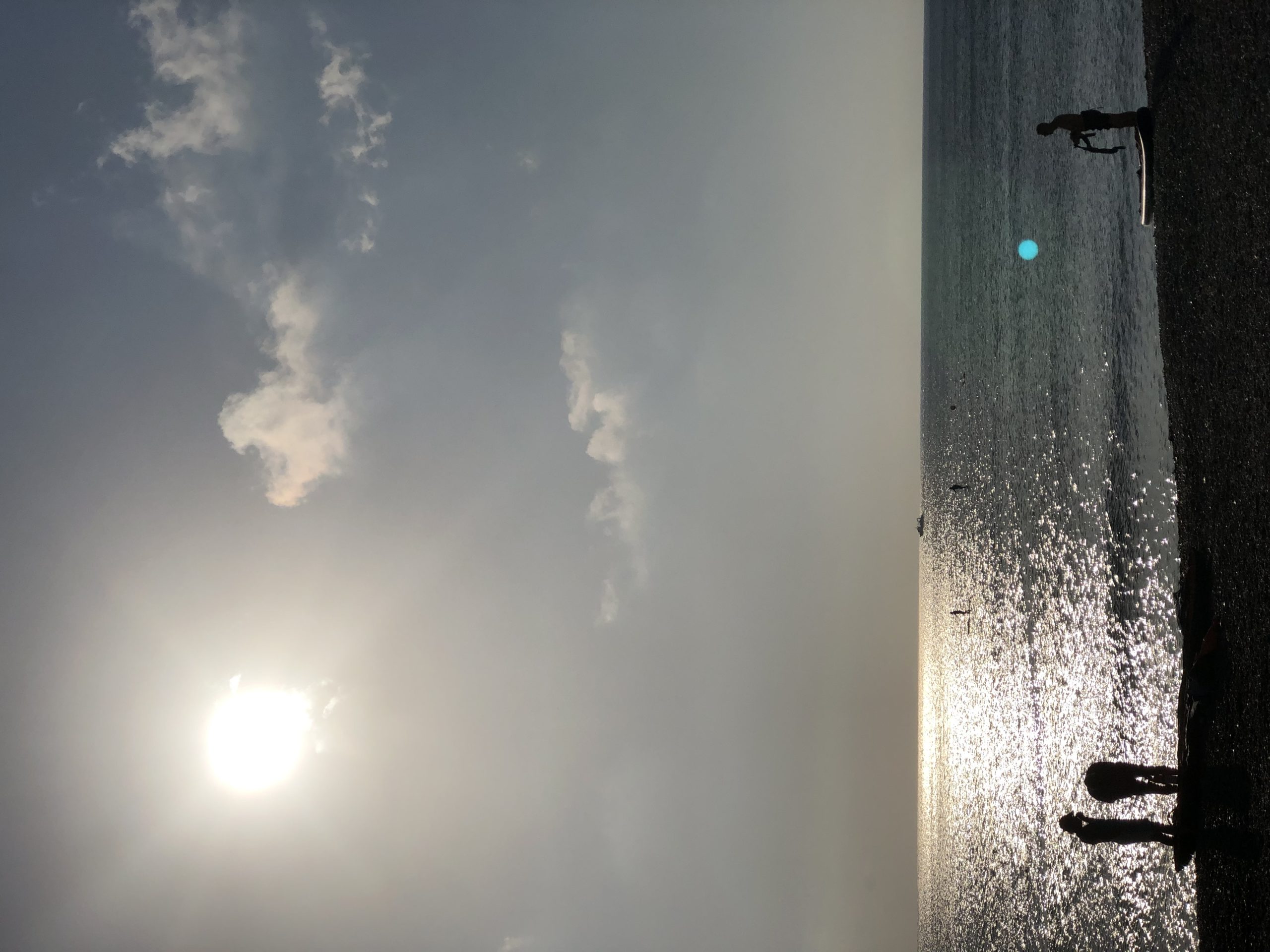According to streetlight data walking in the US has declined over the past three or four years. The decline was by up to thirty six percent from 2019-2022. The clearest reason for this is that 2019 and 2020 were walking honeymoon periods. By this I mean that for the duration of lock down and “work from home” people had more time to walk since they spent less time commuting, but also because the natural habit of getting into a car to do something had declined., thanks to the pandemic.
The Return of Driving Post lock down
As pandemic lock downs came to an end so the nightmare of people using cars revived. When people are free to range further, out of lock down, they drive to do things, like shop, go to cinemas and go to indoor gyms, rather than enjoy the outdoor world. Imagine if, during the pandemic, you went for a one hour walk because the indoor gym was closed. Imagine if you walked locally, because it made sense not to drive far from personal toilets, and other conveniences.
The Pandemic Walking Options
I am not in the US, so my experience is irrelevant to the US situation. In my experience I walked up to three hours per day, and enjoyed my walks, until the habit of driving became a problem once again. Plenty of walks that were probably pleasant due to lock downs and fewer people driving, were destroyed by the return of cars and their drivers.
For two or three years I would walk down towards the lake and along farm roads that were narrow. During the honeymoon these roads were quiet. They were a pleasure to walk along. With the return of normal life people started to drive along these narrow lanes again, without being considerate of pedestrians.
The Loss of Safe Walking Paths
I went from having three hour walking loops that were empty of cars, and a pleasure to walk along, to paths that became a nightmare. When you have a car going at 50 to 80 kilometres per hour half a meter from you, every few minutes, every day, for years, you get fatigued.
That fatigue results in people, including me, choosing to walk less, and even to consider not walking at all, and getting into the accursed cars.
Attention On Cars Rather than Walking
No one addresses the elephant in the room. We have made a landscape where walking between villages on foot, or cycling, have become dangerous. If it’s dangerous to walk along pandemic walking paths, due to the return of people in their cars, then it makes sense that there would be a 39 percent decline in walking habits in the US. Why would you walk, when to walk is to expose yourself to dangerous drivers?
The Need for Rural Walking Paths Between Villages and Towns
That’s why I argue so often that instead of making towns and cities pedestrian friendly we must make it safe to walk between villages, and from villages to towns, and from villages to cities. Why would people walk along dangerous roads, rather than take a bus, or car?
Awful for Walking
I see that efforts are being made to make towns and cities more walker friendly but in my opinion it makes more sense to connect villages with walking loops. I want to be able to walk from Crans to Céligny to Crassier to La Rippe to Borex to La Rippe and plenty of other villages without having to walk along busy car roads. I want to be able to walk on walking paths where cars are banned. There are plenty of agricultural roads but villages like Eysins are scary. There is a bridge from Crans to Eysins where cars drive fast, playing chicken with each other despite pedestrians crossing. On another road people speed along at 80 or more kilometres per hour, without showing consideration for pedestrians. On a road between Arnex sur Nyon and Crans there are agricultural roads where drivers speed, without being considerate of pedestrians.
It’s fine and dandy for Nyon, Geneva, Lausanne and other towns to say that they want to increase walking, cycling and other forms of movement, but they won’t increase those means of transport if you can’t walk from villages around Nyon, into Nyon, or cycle from Nyon to Geneva without being thrown into parkings or onto busy roads where car drivers park in cycling lanes in summer.
I often walked to Crans and Céligny, until I grew tired of walking along agricultural roads with cars that were driven too fast and too close to me. I don’t want to stop every time a car is close to me. I want cars to slow down and overtake at slightly more than walking speed. That’s what I do when I am driving a car. I want cars to respect pedestrians.
Discouraging Cars Without Providing Alternatives
When Geneva changed traffic systems to discourage drivers, I stopped going to Geneva, and when Nyon made the same mistake I stopped going to Nyon. When I lived in London I once drove from Switzerland to London, saw the price of petrol and left it parked. If public transport is good, from villages to towns, and from towns to cities, then people will not use cars. The problem with Switzerland is that the policy makers live in towns and only see the journeys between towns, rather than villages. It used to take 45 minutes to drive from work home, and one and a half hours by public transport. You encourage people to walk, cycle, and take public transport when trains or buses are every five minutes, as with the London underground.
Walking Rather than Driving
If it was pleasant to walk from Arnex sur Nyon to Nyon, or from Borex to Nyon, or from Signy to Nyon people would have the opportunity to leave the car, and enjoy a pleasant walk instead. The problem that I see, every single time I go for a walk, is that whilst towns and villages try to discourage driving within them, they do nothing to encourage walking and cycling from outside.
I have a really healthy walking habit, but when I am made to fear for my safety on every single walk I seriously consider getting into the car, to walk somewhere, where I feel safer to walk. The paradox is that I would drive far, to walk a smaller distance. I would be part of the problem, by getting into a car, to go for a walk.
Think of that paradox. I have to get into a car to go for a walk, because the local walks are too dangerous because cars do not slow down enough, on roads that are meant for agriculture, not cars.
And Finally
During the pandemic honeymoon, especially during lock downs, I got to experience the great potential of walking locally. During the honeymoon of lock downs I could walk from Nyon to Founey, and from Founex to Crassier, and from Crassier to Tranche-Pied, and from Tranche Pied to Gingins, without fearing cars. I could even walk along the motorway because it was quiet and pleasant.
So many efforts are being made to discourage the use from within towns and cities, but they forget that the place from which people are most likely to drive, is villages. If people can walk between villages safely, then the need for cars is diminished. It is futile to make towns and cities pedestrian friendly, and more village like, if villages require people to use cars.
For me there is no mystery. People walk less because it’s more dangerous to do so, now that roads are filled with cars again. Global society should bring back the habit of people walking between villages, safely. Cycling suffers from the same issue. If it is dangerous for children to cycle, things need to improve.






